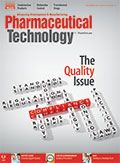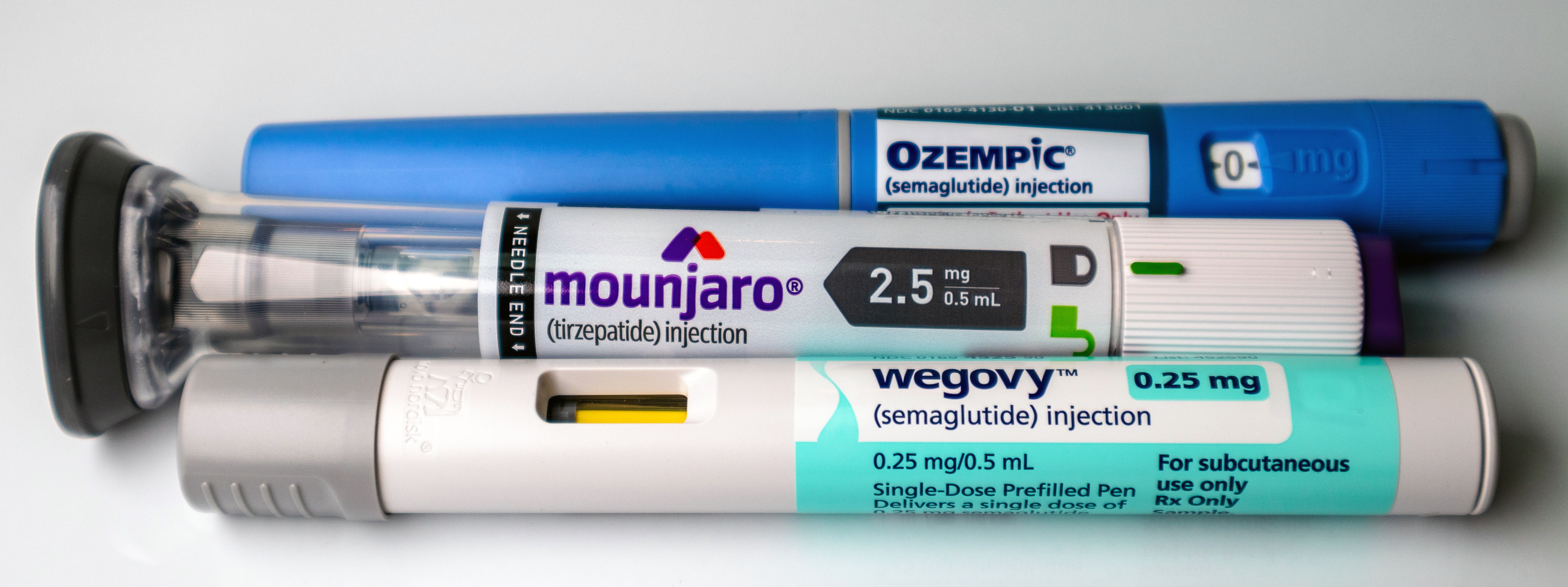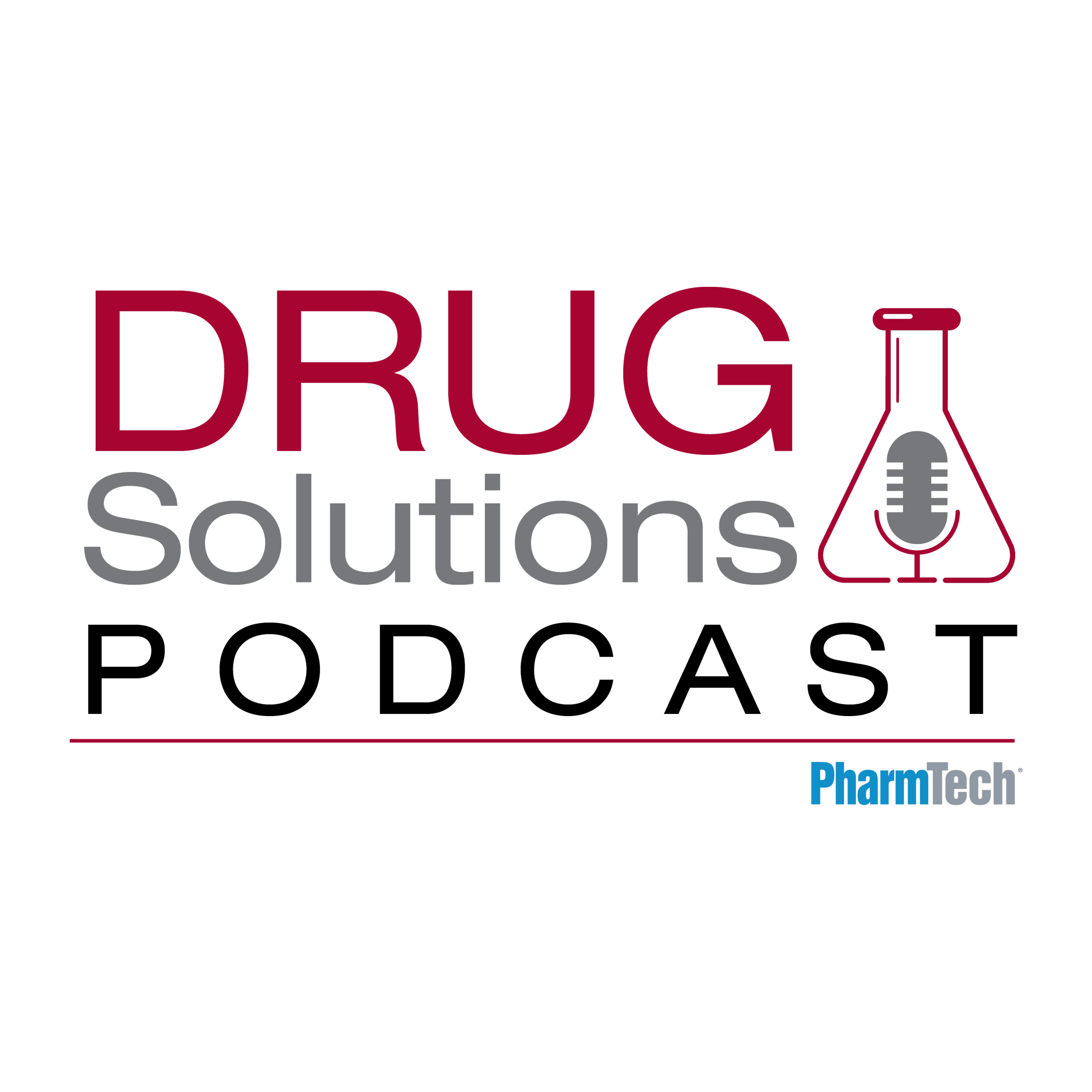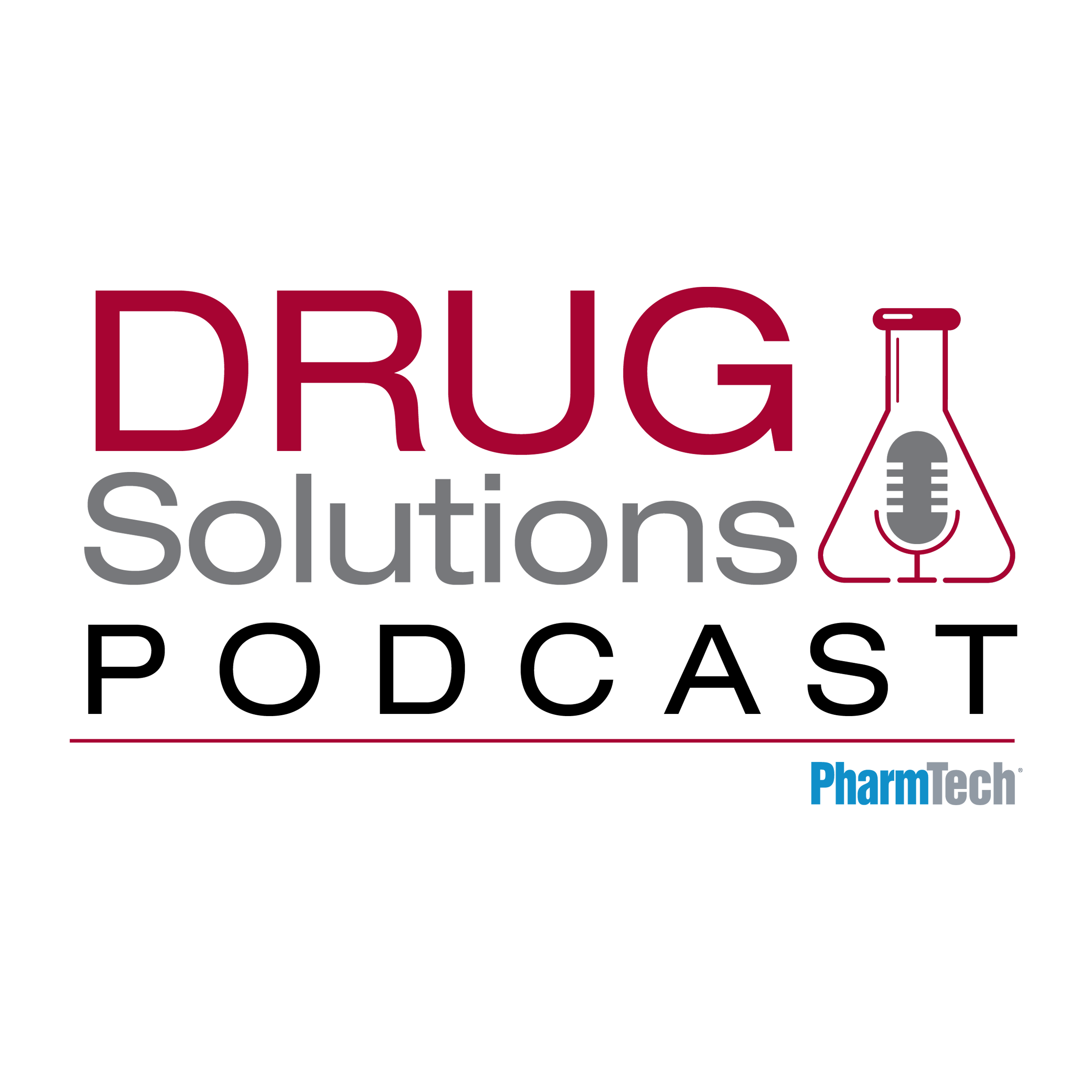News
Article
Pharmaceutical Technology
The Key Word: Quality
Author(s):
Bio/pharma companies cannot spell success without solving all elements of quality programs.
The end of the year is the traditional time to assess achievements and shortfalls of the past 12 months. A preliminary review of the bio/pharma industry accomplishments shows some impressive results. By the end of November 2018, FDA had approved 53 novel drugs, setting a pace for the most approvals on record.
The approvals included notable advances in science and targeted medicine. On November 26, FDA approved Vitrakvi (iarotrectinib), the second cancer treatment approved based on a biomarker for different types of tumors rather than tumors originating in a specific organ or part of the body. The therapy is the first to receive a tumor-agnostic indication at the time of initial FDA approval (1).
In announcing the approval, FDA Commissioner Scott Gottlieb noted that the therapy marked “a new paradigm in the development of cancer drugs that are ‘tissue agnostic.’” Gottlieb also credited increased knowledge of cancer mutations, breakthrough therapy designation and accelerated approval processes, and a modern framework of clinical trial designs as contributing to more targeted and effective cancer treatments.
Quality across and down
While the approvals marked progress in innovation, the global recall of the API valsartan due to the discovery of impurities N-nitrosodimethylamine (NDMA) and N-nitrosodiethylamine (NDEA) in drug products raised questions about the quality of drug substances in the supply chain.
Quality problems were a mixed bag this year. The number of warning letters issued by FDA were on a slightly slower pace compared with 2017; however, the number of drug recalls were up.
While innovative achievements such as new drug approvals get the headlines and are recognized and rewarded, quality programs are essential but rarely get attention until something goes wrong. In this issue, and in supplemental online coverage, the editors present multiple views of quality issues throughout the drug development and manufacturing continuum.
In this issue
Analytical quality by design: Representatives from global bio/pharma answer key questions about an enhanced approach to the lifecycle of an analytical procedure based on practical experience of applying these concepts to real projects.
Validating supplier quality: Consultants and experts in risk assessment share best practices that will help ensure the quality of APIs, ingredients, and process aids and materials.
Technology transfer: The handoff from inventor to contract development and manufacturing organization partner, depends on communicating the right information at the right time. This article examines recent failures and lessons learned.
Standard operating procedures: FDA warning letters often refer to training deficiencies. Learn the underlying technical and cultural reasons and why it can be difficult to tie employee training programs to business objectives.
Risk assessment and mitigation: Learn how non-compliance can exacerbate drug shortages and how it can play into affordable healthcare.
Online quality resources
The editors regularly add features, news, and reports on a range of quality issues to the PharmTech website. Recent additions include mock inspections, eliminating obsolete heavy metals test, and lot release testing. Bookmark www.pharmtech.com/quality for quick access to the latest bio/pharma quality topics.
Reference
1. FDA, “FDA Approves an Oncology Drug That Targets a Key Genetic Driver of Cancer, Rather Than a Specific Type of Tumor,” Press Release, Nov. 26, 2018.
Article Details
Pharmaceutical Technology
Vol. 42, No. 12
December 2018
Page: 12
Citation
When referring to this article, please cite it as R. Peters, “The Key Word: Quality," Pharmaceutical Technology 42 (12) 2018.

Newsletter
Get the essential updates shaping the future of pharma manufacturing and compliance—subscribe today to Pharmaceutical Technology and never miss a breakthrough.





